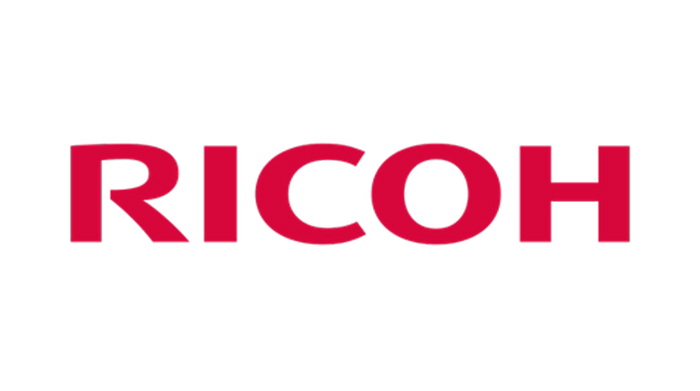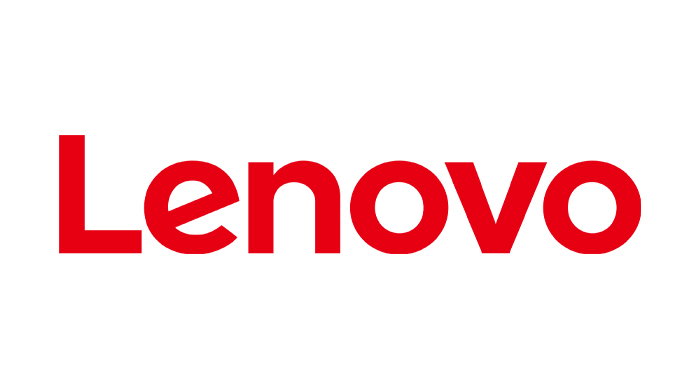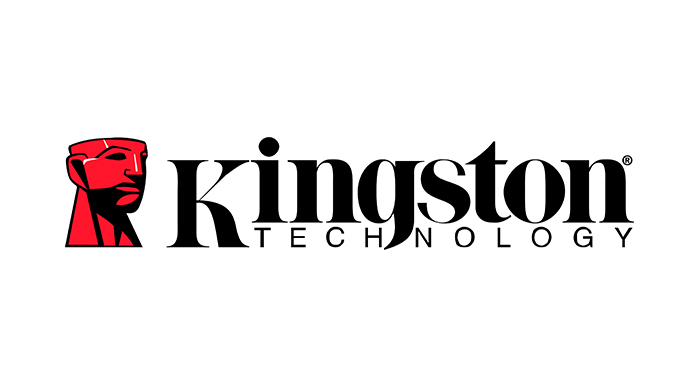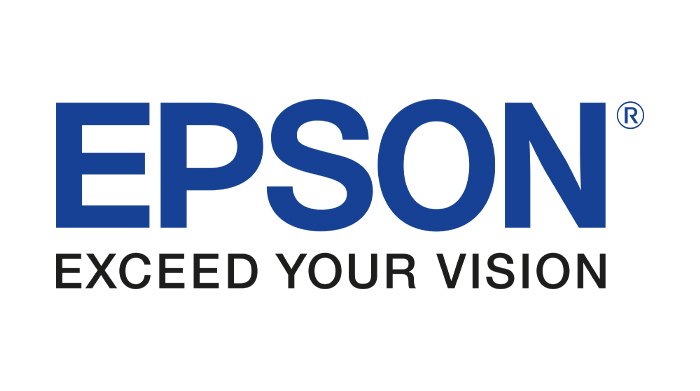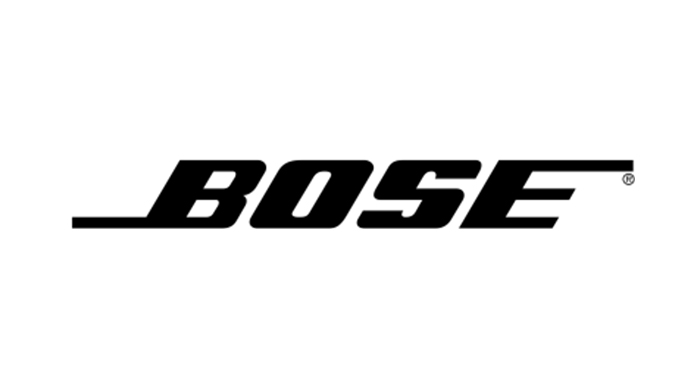Content
As a result of production outsourcing, Apple is able to reduce overstock and cut down expenses. One of the biggest risks of JIT is its over-reliance on accuracy and precision. For JIT to work correctly, there must be constant and precise monitoring of demand at all times. The slightest miscalculation a just in time inventory system usually reduces costs for can often have adverse impacts on business operations. Underestimation of demand can lead to empty shelves, lost sales, and unrealized profits. In the manufacturing industry, underestimation can result in under-stocked inventories, production loss, and the inability to meet consumer demand.
JIT requires manufacturers and distributors to shift the activity of inspecting for defective products to your suppliers. As products are added to your inventory just when they are needed, it is essential that they are shipped in good working order. Employees are at risk of precarious work when employed by factories that utilize just-in-time and flexible production techniques. The wide use of the term JIT manufacturing throughout the 1980s faded fast in the 1990s, as the new term lean manufacturing became established as «a more recent name for JIT». As just one testament to the commonality of the two terms, Toyota production system has been and is widely used as a synonym for both JIT and lean manufacturing.
These Kanban inventory signals are a production technique that leverage simple order slips to detect a need for more supplies. Under less than ideal conditions, responding to new customer needs can take months. This is especially true for large manufacturing companies that have to make many machining changes to shift the focus of production.
Waste Elimination/Reduction – A quicker turnaround of stock prevents goods that have become damaged or obsolete while sitting in storage, reducing waste. This again saves money What is bookkeeping through preventing investment in any unnecessary stock and reducing the need to replace old stock. Just-in-Time requires all the stages of manufacturing to run without hiccups.
The best way to maintain your JIT inventory plan is to comprehensively record parts usage in an automated fleet management software. Users can update quantities in a mobile app or on a computer to trigger reorder notifications, ensuring you order new parts just in time to avoid stockouts. The JIT system is all about lean inventory, but in the uncertain times of COVID-19, inventory management has become a balancing act. accounting Fleets who are used to operating lean systems may be concerned about the supply chain’s ability to maintain order fulfillment. Without a way to comprehensively track and manage your inventory in real-time, the just-in-time inventory system isn’t as effective. With a lean operation like JIT, fleet managers must have a clear understanding of inventory levels to avoid stockouts and always have the right parts on hand.
Jit Inventory Methodology
More trucking industries offer JIT delivery, which has increased employment in the industry. As a result, JIT has raised the US GDP by a significant percentage (Helper & Sake, 2012). With JIT, resources required are made available with no shortage, thus there are decreased holding costs and purchases of defective products. Apple – This consumer electronics giant keeps as little inventory on hand as possible.
One of the most important factors you need to keep in mind is that this strategy generally works well with businesses that are agile and have a robust capability to manage extremely short production cycles. So, before you implement it in your production process, make sure you ask yourself a few questions. Katana provides a wide range of features that are important for successful implementation of a JIT inventory management system in an organization. With production based in the cloud, this inventory management solution is ideal for handling inventory management in small and mid-size manufacturing businesses. Our analyst team at SelectHub gathered information on the top-performing just in time inventory management system and came up with this list of five contenders and their standout benefits, features and limitations. Just-in-time is an inventory management system and type of lean methodology used to increase the efficiency of inventory handling. JIT inventory management is used in several modern businesses and has influenced other lean inventory management techniques, such as IBM’s Continuous Flow Manufacturing .
But producing your products on demand can result in uneven production levels, which can cost money. In this lesson, we’ll examine uniform production levels in lean production. Now that you know more about it, you can make an informed decision about what works best for your business. Whatever the cash flow case, don’t leave money on the table and look into new ways to lower costs, boost your sales, and grow your business. By setting measurable goals and tracking demand trends you can stay on top of your ordering. This will ensure the JIT system is successful and avoid issues with inventory levels.
Value-stream mapping and 5S are the most common approaches companies take on their first steps to Lean. Lean can be focused on specific processes, or cover the entire supply chain. Implementing a series of small improvements incrementally along the supply chain can bring forth enhanced productivity.
Integrations Overview Capture all your fleet data in one place with seamless integrations. Fuel Management Simplify fuel data collection and gain insight into costs and fuel economy.
- This is one of the most common issues with manufacturing that utilize methodologies such as JIT and lean.
- Dependency on Suppliers – Having to rely on the timelessness of suppliers for each order puts you at risk of delaying your customers’ receipt of goods.
- When Tim Cook started as Apple’s COO in 1998, his first order of business was closing Apple’s warehouses and factories worldwide.
- The goal is to achieve high volume production with minimal inventory on hand and eliminate waste.
JIT inventory has the potential to generate tremendous benefits for many companies. This approach has caught on since Toyota invented it because it can lower costs and increase profitability in a big way. JIT is uniquely suited to drive value in manufacturing environments and service businesses that must match output with customer demand.
Tighter Control
Manufacturers are also not left with unwanted inventory if an order is canceled or not fulfilled. Just-in-time is an inventory management process that ensures that materials, labor, and other resources are available when needed. JIT is typically used by manufacturing industries that carry out daily production, such as car assembly plants. For companies with low inventory, small batch sizes, or a non-complex supply chain, just-in-time is a great way to lower costs and increase efficiency.
Intuit accepts no responsibility for the accuracy, legality, or content on these sites. Just-in-time can help develop good vendor and supplier relationships, which will give you a decreased risk of experiencing shortages or stockouts with higher priority and more options at your disposal. Running lean sounds excellent in theory, but there are trade-offs to consider when implementing a just-in-time strategy. When Tim Cook started as Apple’s COO in 1998, his first order of business was closing Apple’s warehouses and factories worldwide. Instead, he forged just-in-time relationships with independent manufacturing contractors, many of which were located in China. See how one fleet optimized their parts inventory with the help of Fleetio.
Disadvantages Of Jit:
The steady rate of production under JIT involves no machine breakdowns, no human errors, and a highly reliable supplier that can deliver parts on demand. Commonly associated with manufacturing, various businesses—from automakers to health care—use JIT inventory management.
In North America, it is frequently used in computing, IT, and telecommunications. Studies have shown that JIT inventory has also had a measurable effect on both quality and flexibility in the furniture and food manufacturing industries. However, these benefits have only been attainable in markets where reliable vendors are accessible. JIT aims to reduce waste by only taking in inventory as needed for production. JIC prioritizes stocking surplus goods and outpacing the current demand to fulfill orders on time. While JIT aims to create simplicity, understanding how to implement it, associated terms and related methodologies takes some effort. Learn how to improve efficiency and boost profits with a leading inventory management system.
That one, along with other books, articles, and case studies on lean, were supplanting JIT terminology in the 1990s and beyond. Debates in professional meetings on JIT vs. MRP II were followed by published articles, one of them titled, «The Rise and Fall of Just-in-Time». Less confrontational was Walt Goddard’s, «Kanban Versus MRP II—Which Is Best for You?» in 1982. Four years later, Goddard had answered his own question with a book advocating JIT.
What Is The Just In Time Jit Method?
After years of success of Toyota’s Lean Production, the consolidation of supply chain networks has brought Toyota to the position of being the world’s biggest carmaker in the rapid expansion. In 2010, the crisis of safety-related problems in Toyota made other carmakers that duplicated Toyota’s supply chain system wary that the same recall issue might happen to them. James Womack had warned Toyota that cooperating with single outsourced suppliers might bring unexpected problems. Lean management is nowadays implemented also in non-manufacturing processes and administrative processes. In non-manufacturing processes is still huge potential for optimization and efficiency increase.
Difference Between Lean Manufacturing, Manufacturing Throughput, And Jit Manufacturing
Businesses lose a lot of profits due to out-of-stocks, overstocks and returns. However, you can find peace of mind thanks to inventory management software that are equipped to handle this challenge with low stock inventory alerts. Also, reliable alerts through SMS or email are sent that notify the user regarding all crucial aspects of the business. Inventory management is both a critical asset and a vital process for businesses around the world. Managing and storing inventory can be a difficult, time-consuming and costly process.
The Just in Time method involves creating, storing, and keeping track of only enough orders to supply the actual demand for the company‘s products. The other way to avoid market risk and control the supply efficiently is to cut down in stock. P&G has completed their goal to co-operate with Walmart and other wholesales companies by building the response system of stocks directly to the suppliers companies. Reduced inventory costs – There is no need to warehouse idle materials, and you don’t have to make a big upfront investment on materials.
High inventory quantities tie up company funds, which could otherwise benefit other areas of the business such as the research and development of new products. With the reduction in inventory costs, companies can expand and grow their businesses. Ordering inventory on an as-needed basis means that the company does not hold anysafety stock, and it operates with continuously low inventory levels. This strategy helps companies lower their inventory carrying costs, increase efficiency, and decrease waste. JIT requires manufacturers to be very accurate in forecasts for the demand for their products.
Increasing their efficiency in managing inventory, which caused their inventory turnover ratio to increase from 5 to 20. That said, now that COVID-19 exposed the potential risks of just-in-time manufacturing, companies may begin to adopt a more balanced approach to their supply chains. With a push system, inventory is created continuously and is unresponsive to changes in demand. With their push system, Harley Davidson was overproducing inventory to meet planned shipment dates and papering over defective parts by merely making more. This meant their inventory costs were dramatically higher than those of their Japanese counterparts. One of Dole’s competitors, Chiquita Brands, also had similar supply interruptions in Central America.
To achieve continuous improvement key areas of focus could be flow, employee involvement, and quality. Just-in-time inventory management, also know as lean manufacturing and sometimes referred to as the Toyota production system , is an inventory strategy that manufacturers use to increase efficiency. The process involves ordering and receiving inventory for production and customer sales only as it is needed to produce goods, and not before. It can help you optimize the flow of your products and increase your profits. A Just-In-Time system requires a flexible and efficient supply chain so it might make sense to partner with a third-party-logistics provider to help you implement your JIT inventory management strategy. Using a Just-in-Time inventory system reduces the amount of material on hand in the production facility. Companies can reduce the cost to store and maintain excess inventory and eliminate the risk of materials becoming obsolete while in storage.
It also improves inventory control and keeps track of several aspects like pricing, product details and more. Just-In-Time manufacturing was designed to help manufacturers reduce inventory-related costs by receiving materials and producing goods only when they are needed.
They need to remain on top of orders and stock in order to effectively control their production process in line with JIT systems. This inventory management strategy originated at Toyota in Japan, and since then the implementation has been yielding successful results. Other popular examples of a just in time inventory management system in action are seen at Apple, Kellogg, Xiaomi, Zara, Tesla and more. Let’s delve a little deeper into the important factors that helped these companies effectively implement a just in time inventory system and how they reaped the benefits of their implementation. More Planning Required – JIT inventory management requires companies to understand sales trends and variances in close detail.
Companies that employ JIT production systems can increase their cost efficiency since they do not have to pay storage and warehouse costs. Additionally, since no inventory is kept on-hand, there is also decreased opportunity for residual or unwanted stock during canceled or unfulfilled orders. For example, a single supplier that can’t deliver for any period of time can disrupt the entire supply chain and halt your operations. In addition, companies practicing strict JIT inventory management probably won’t have extra stock to satisfy unexpected orders. Companies must create a layout on the production floor to move materials through the process efficiently.

